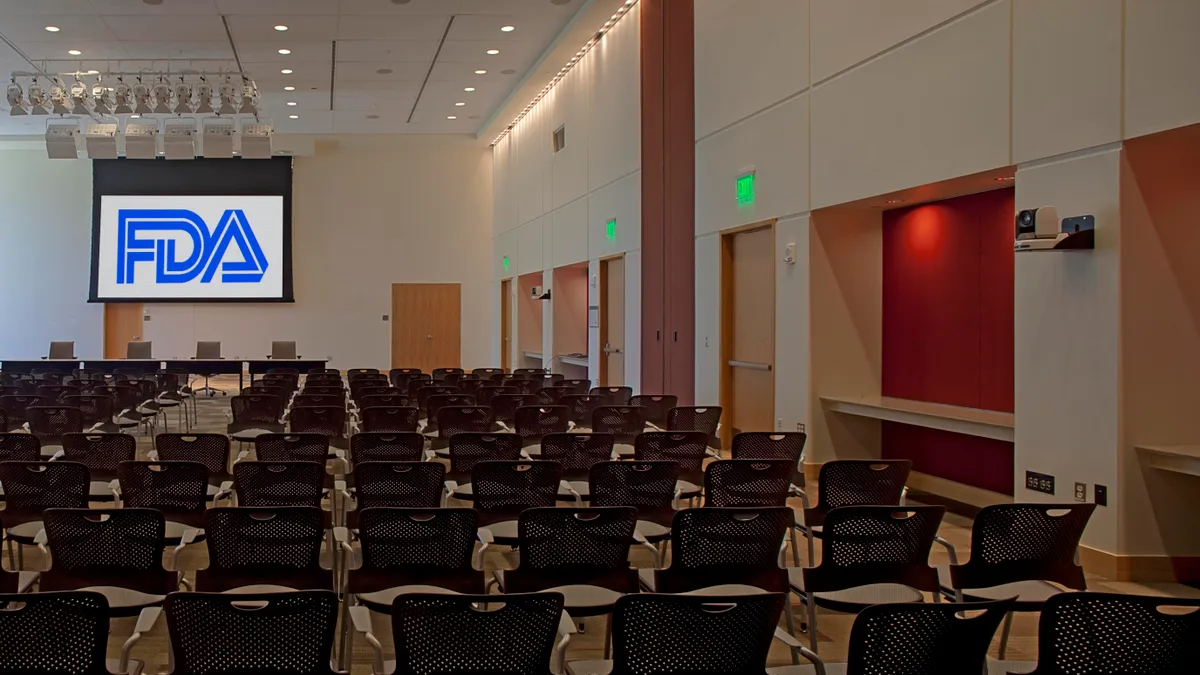Dive Brief:
- FDA on Friday proposed reclassifying noninvasive bone growth stimulators from Class III into the lower-risk Class II category, with an eye to reducing the regulatory burden for manufacturers of the devices.
- The agency said it intends to create a new device classification specifically for the products, which aid healing in fracture treatment and spinal fusion. FDA said there is enough evidence to establish special controls to assure safety and effectiveness.
- But Orthofix Medical, a leading maker of bone growth stimulators, opposes downclassification, CEO Jon Serbousek said in comments to investors earlier this month, noting others in the market also are not keen on the idea.
Dive Insight:
Noninvasive bone growth stimulators use electrical or magnetic fields and ultrasonic signals to promote osteogenesis in conjunction with fracture fixation or spinal fusion. The stimulator is applied to the skin over the location of a bone fracture for a period of time each day. Companies making the devices include Orthofix, Zimmer Biomet and DJO.
If the devices are reclassified as Class II, manufacturers would no longer have to submit the more rigorous premarket approval (PMA) application to FDA, as required under Class III, and could instead pursue the 510(k) path to market. In its proposed order, FDA said accumulated experience with the devices, from review of premarket submissions, peer-reviewed literature, postmarket adverse event reports and recalls, provides it with enough information to establish special controls to mitigate associated health risks.
Among potential risks the agency linked with the devices were: failure of osteogenesis necessitating surgical intervention, burn, electrical shock, electromagnetic interference, tissue reaction and adverse interaction with fixation devices. A review of its database found 270 adverse event reports through October 2019, with skin reaction being the most frequently reported issue.
The agency also identified two 2009 recalls, one for the Exogen Express Bone Healing System and the other for the Exogen 4000+ Ultrasound Bone Healing System. Both were initiated because of problems with the transducer, which may have resulted in reduced ultrasound output, and ended in November 2010. FDA said it believes the proposed special controls, in addition to general controls, can mitigate those risks.
Orthofix's Serbousek said a coalition of companies that make bone growth stimulators opposes the prospect of downclassifying the devices.
FDA's proposal will be discussed at a meeting of its advisory Orthopaedic and Rehabilitation Devices Panel, originally scheduled for April and now rescheduled for Sept. 8-9 via webcast.
Jefferies noted the risks to incumbents in the market by lowering regularly standards, but cited Orthofix management's contention that barriers to entry are still high.
"The outcome of the panel meeting could be significant for [Orthofix's] outlook considering the importance of BGS within the broader portfolio," the analysts wrote.
FDA has considered downclassification of bone growth stimulators once before, but ultimately decided against the change, agreeing with a 2006 advisory panel's recommendation that insufficient evidence was presented to control for the risk of inconsistent or ineffective treatment. At that time, the agency was responding to a petition from RS Medical, which subsequently withdrew its request.
The agency is now proposing to reclassify the devices from Class III to Class II on its own initiative. FDA is requesting electronic or written comments on the proposed order be submitted within 60 days of its publication in the Federal Register.











